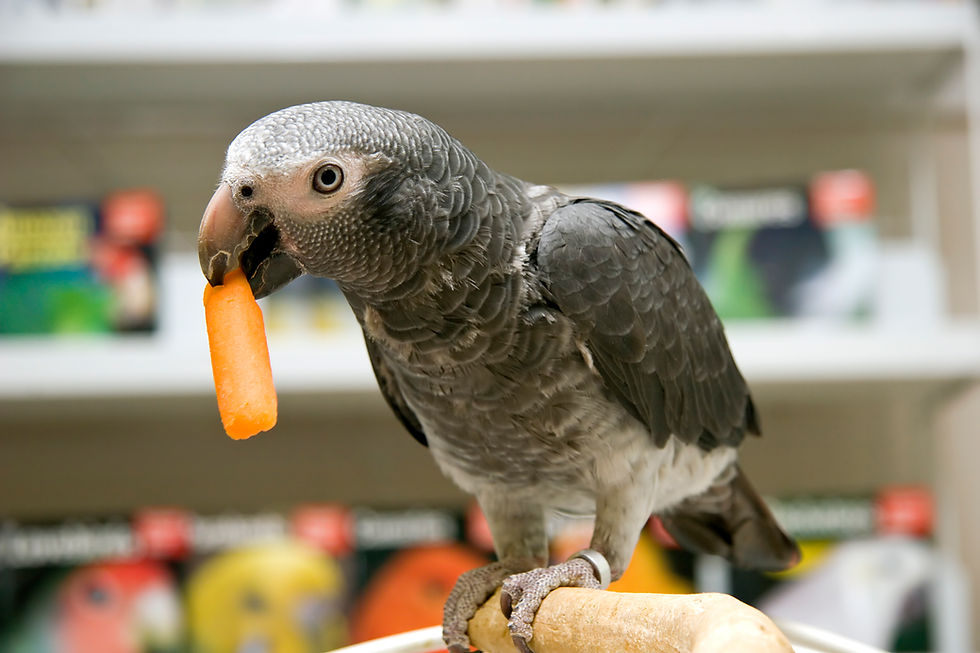How to Take Care of Your Pet Sugar Glider
- LIBEVC

- Apr 23, 2018
- 1 min read
Updated: Apr 3, 2019
Are you thinking of adding a sugar glider to your family? Have you spent time studying common sugar glider health issues? We’ve put together some of the most important information you should know about your furry friend.

Sugar Glider wellness tips and facts
Common facts
Live mainly in small groups or pairs.
Nocturnal, being most active at night.
Like to vocalize.
Non-neutered males mark their territory.
Keeping sugar gliders as solo pets require hands-on attention.
Live 12 to 14 years with good care.
Breed often if not spayed or neutered
Habitat
Minimum size two cubic feet per a sugar glider.
Wire cage or metal cage with small bar spacing.
Pouches or nesting areas.
Paper bedding or towels on the bottom.
Non-toxic branches like apple or citrus.
Keep the temperature between 70 and 90 degrees Fahrenheit.
No drafts or fans.
Partial sunlight
Diet
A healthy diet should consist of 75% high quality pelleted food
25% fresh fruits/vegetables.
Insects as a treat 1 – 2 times a week
Common Sugar Glider health issues
Trauma
Diarrhea
Pneumonia
Behavioral issues
Parasites
Malnutrition and husbandry related disease
Routine care for your Sugar Glider
To ensure that your pet lives the longest, healthiest life possible, you should always schedule routine check-ups yearly. Long Island Bird & Exotics Veterinary Clinic provides premium services for exotic pet care with advanced technologies, anaesthetic equipment, surgical areas, and skilled vets. Schedule your sugar glider exam by calling 516-482-1101.
Source



